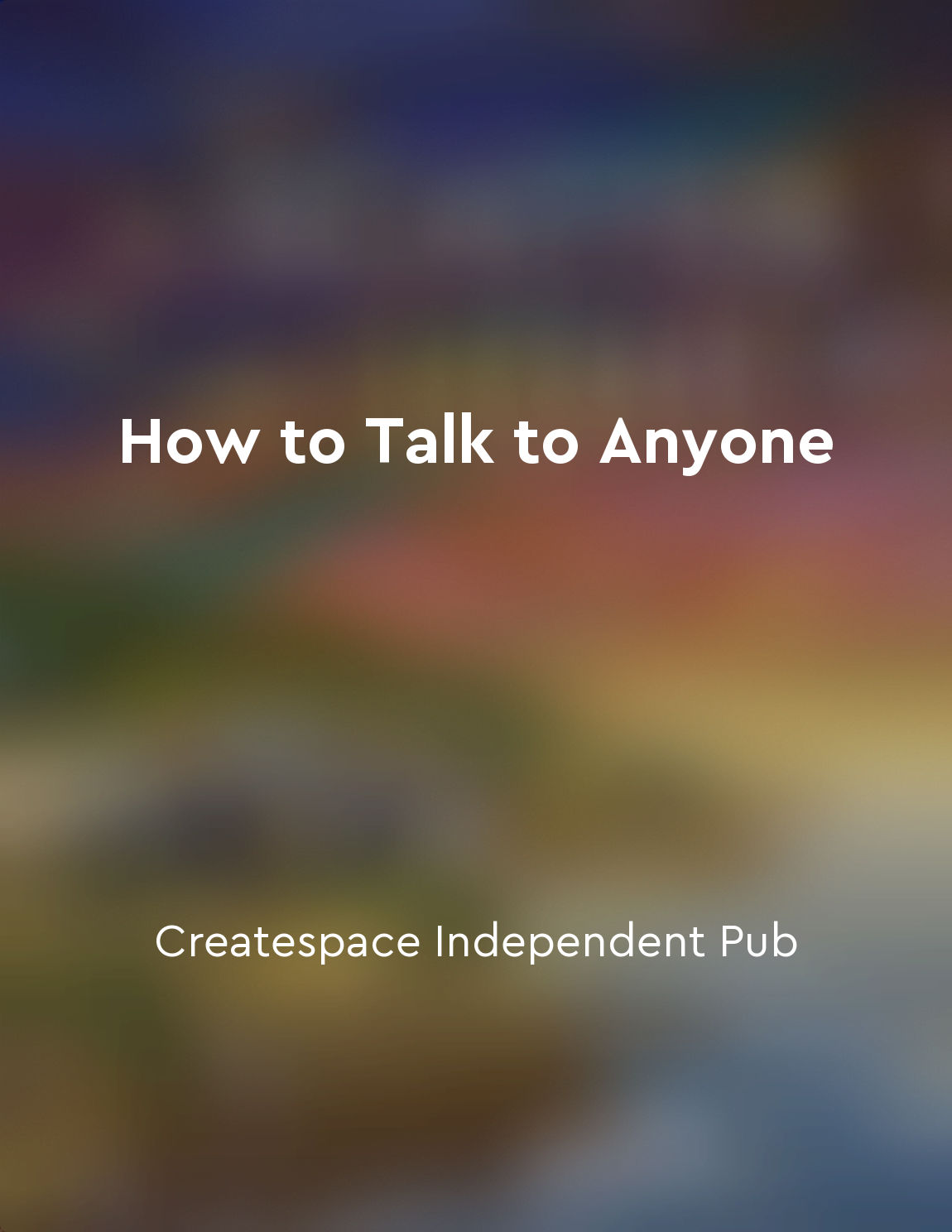Audio available in app
Be mindful of your own nonverbal cues from "summary" of O que todo corpo fala by Joe Navarro,Marvin Karlins
The way we communicate goes beyond just words. Our bodies are constantly sending signals that can reveal our true feelings and intentions. It is essential to pay attention to these nonverbal cues, not only in others but also in ourselves. Being mindful of our own nonverbal cues means being aware of how our body language can impact the way we are perceived by others. Our gestures, facial expressions, posture, and even our eye movements can give away our thoughts and emotions, sometimes even more than words. When we are not conscious of our nonverbal cues, we risk sending mixed messages or giving off an impression that does not align with what we are trying to convey verbally. For example, saying "I'm fine" with a tense posture and clenched fists may lead others to believe that we are actually upset or angry. To become more aware of our nonverbal cues, we must first observe ourselves in different situations. Notice how we react when we are stressed, happy, sad, or nervous. Pay attention to how our body responds when we are speaking in public, having a difficult conversation, or meeting someone new. Once we have identified our typical nonverbal behaviors, we can work on adjusting them to better reflect our true feelings and intentions. This may involve practicing open body language, making eye contact, smiling more often, or using gestures that support what we are saying. By being mindful of our own nonverbal cues, we can improve our communication skills, build stronger relationships, and present ourselves more authentically to the world. It is a constant process of self-awareness and adjustment, but the benefits are well worth the effort.Similar Posts
Develop clear objectives before communicating your message
The first step towards impactful communication is setting clear objectives. Before you even think about crafting your message, ...

Nonverbal cues can reveal hidden intentions
When we interact with others, we often rely on verbal communication to understand their intentions and motivations. However, wh...
Nonverbal cues provide additional layers of communication
Nonverbal cues, also known as body language, play a crucial role in communication. While verbal communication involves the use ...
Practice empathy to connect with others
Empathy is the ability to understand and share the feelings of another person. It involves putting yourself in someone else's s...
Stay mindful of your own body language cues in interactions
As you engage in interactions with others, it is crucial to be aware of the signals you are sending through your body language....
Be present and engaged in your interactions with others
To truly connect with others, it is essential that you are fully present and engaged in your interactions. This means being men...

Developing rapport takes time and effort
Building strong relationships with others is a crucial skill in both personal and professional settings. It is essential to und...
Being emotionally intelligent enhances relationships
Understanding and managing emotions is a crucial skill when it comes to building and maintaining relationships. Emotional intel...

Mirror body language for better communication
Mirroring body language is a powerful tool for building rapport and improving communication with others. When you mirror someon...
People may intentionally mislead through body language
Body language can be a powerful tool for communication, allowing us to convey our thoughts and feelings nonverbally. However, i...
